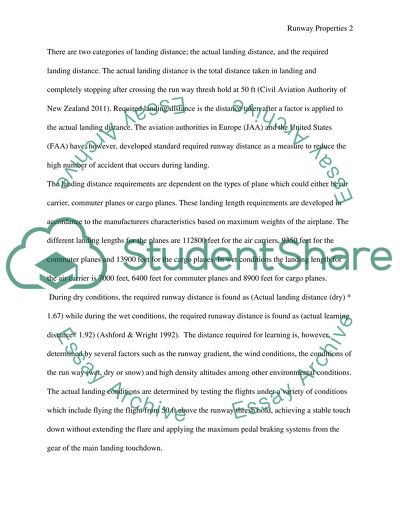Runway properties Dissertation Example | Topics and Well Written Essays - 750 words. Retrieved from https://studentshare.org/engineering-and-construction/1478816-runway-properties
Runway Properties Dissertation Example | Topics and Well Written Essays - 750 Words. https://studentshare.org/engineering-and-construction/1478816-runway-properties.


